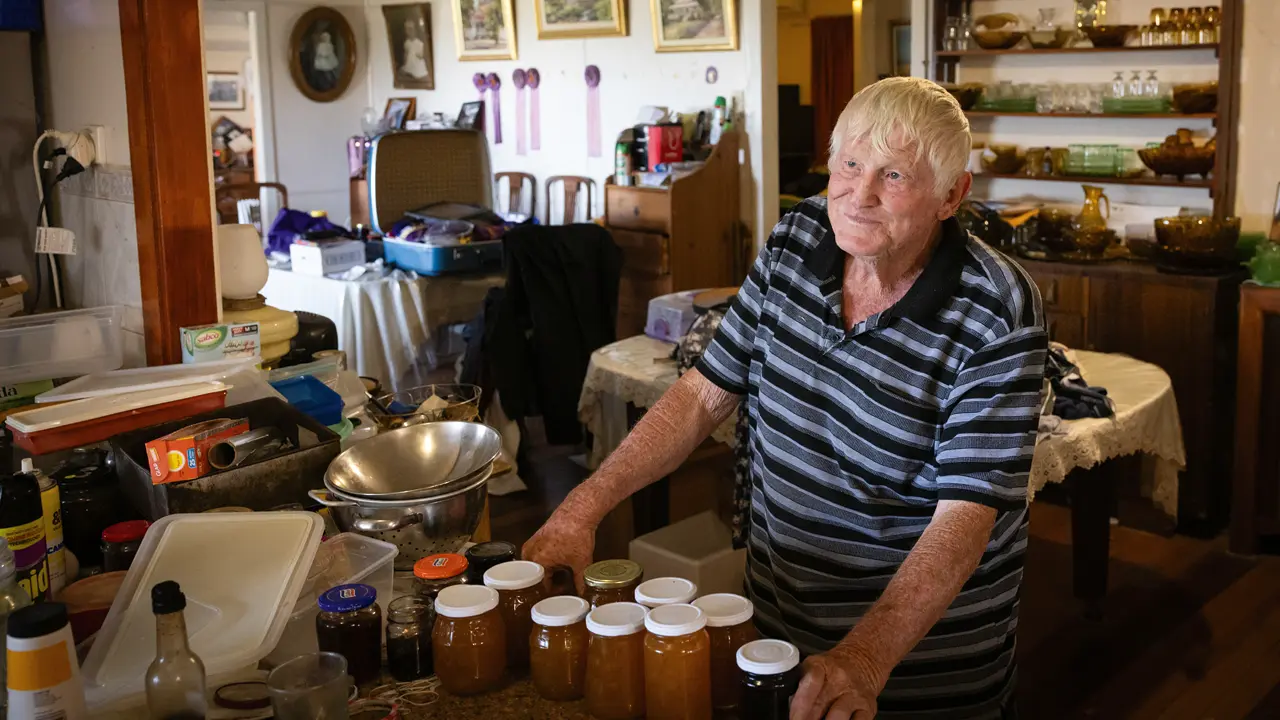Explore the larger-than-life charms of Kangaroo Island, from its Noah’s Ark of wildlife to its artistic tendencies and heavenly produce.
Story By Don Fuchs
The dense forest of drooping she-oak of the Lathami Conservation Park might not be the first choice of location to visit on South Australia’s bountiful Kangaroo Island if it weren’t for the presence of a very rare animal. “Listen to this,” whispers Craig Wickham, who produces a clicking sound with his fingernails. He is mimicking the sound of a glossy black cockatoo cracking open the she-oak’s hard cones in search of its favourite food. Endangered on the mainland, these impressive birds have found a refuge here on the island.
Australia’s third largest island is Craig’s fascinating playground and he is keen to share it with visitors. The founder and owner of the tour company Exceptional Kangaroo Island (previously called Adventure Charters of Kangaroo Island) can look back on more than 20 years’ experience as a tour operator. To say that he knows the island like the back of his hand is an understatement. “We have found that most people seek a similar range of experiences,” he says. “That is to observe wildlife in its natural habitat, meet friendly local people and like-minded visitors, share good food and wine in a relaxed outdoor setting, get away from the crowd, participate in quality environmental interpretation and discover the social culture and history of the island.”
Besides running this successful tour business together with his wife Janet, Craig also plays a role in the island’s affairs through his position as deputy mayor. His energy is catching and his team, from tour guides to mechanics and office workers, is a happy bunch of people who strive to give visitors an exceptional time.
Craig’s itineraries vary from day tours to longer experiences. He also caters to special-interest groups: birdwatching, photography, wildflowers, mammals – all this and more can be arranged. The island has it all: stunning natural features such as Remarkable Rocks or Admirals Arch in Flinders Chase National Park, a dramatic and varied coastline with towering cliffs along the north coast or dramatic bays such as Hanson Bay on the south coast.
There is also a good dose of history to be experienced. For many, the reason to visit Kangaroo Island is the amazing wildlife and close encounters with Australia’s creatures. But, as Craig points out, “Kangaroo Island is larger than most people think. At its longest point the island is 150 kilometres or just under 100 miles long. Its widest point is 55km or 34 miles across. This makes it as large as Bali, Puerto Rico or Long Island, New York.” For those who want to see the island in depth, he recommends at least three days. “Most guests who visit for just one day leave disappointed that they did not allow more time,” Craig says.
Although there is a strong wildlife focus on the tours Craig puts together, he recently gave some of his itineraries a new focus – art and food/produce. It is a message that has slowly begun to spread, thanks in no small part to Craig’s efforts. Kangaroo Island is a gourmet’s paradise, based on its fresh produce. Craig knows that good, healthy food is only part of the enjoyment. The setting is equally important. He has established two secret and strategic locations on the island as his lunch venues. Situated on private bushland only accessible to Craig’s company, guests relax under shadecloth or go in search of koalas while lunch is prepared: fresh garden salad with mustard dressing, barbecued King George whiting fillet with local white wine, crisp potatoes and grilled local haloumi cheese. Whenever food is set up it turns into a celebration: morning tea with homemade lamingtons or date cake among wild, lichen-covered cliffs on the north coast, or an impromptu lunch break on a wide deserted beach. Visits to local food producers, such as the fishmonger in Kingscote, add a different perspective to the island. “The emerging produce and wine scene creates opportunities for food safaris, where you can meet producers, learn about their food and taste it,” Craig says.
A different scene – a feast for the eyes – is the burgeoning art community on the island. Take ceramic artist Mark Capon, or painter and art teacher Neil Sheppard, for example. Meeting these artists in their studios is another experience that underlines the many fascinating facets of this island.
The idea to use Kangaroo Island as an ark for rare or endangered animals came to fruition with the establishment of Flinders Chase National Park in 1919, after years of campaigning by the Field Naturalists Society of South Australia. The naturalists were worried about the dramatic decline of species on the mainland, mainly caused by introduced foxes and rabbits. Between 1911 and 1957, koalas, platypus, Cape Barren geese, southern hairy-nosed wombats and ringtail possums were introduced, some with great success, others less successfully. This added to the native fauna and turned the island into the haven for wildlife lovers that it is today.
This story excerpt is from Issue #69
Outback Magazine: Feb/Mar 2010








